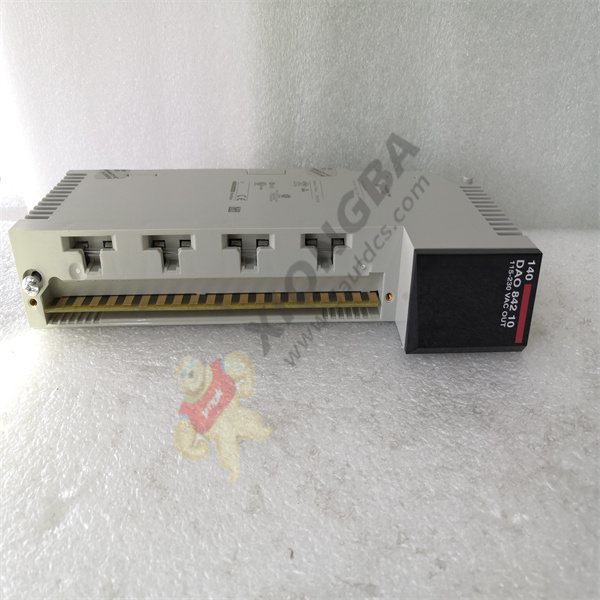ODVA has announced that the process equipment configuration file has been added to the EtherNet/IP™ specification, providing automation practitioners with another key tool for optimizing plant operations. Process device profiles provide a standard format for process variables and diagnostics across a range of devices, which enables smoother interoperability between vendors and easier integration of DCS and PLC data from EtherNet/ IP-enabled field devices. Equipment profiles are available for Coriolis flow, electromagnetic flow, eddy current, standard pressure and proportional pressure equipment. Process end users can now leverage EtherNet/IP devices to better communicate critical diagnostic information, such as NAMUR NE 107 status signals, and improve consistency with the process automation device information Model (PA-DIM).
The EtherNet/IP process equipment profile is composed of process measurement value objects (such as current pressure, level, flow, and other variables), process cumulative value objects (track cumulative data, such as total flow), and process equipment diagnostic objects (make it easier for plant operations and maintenance personnel to obtain additional equipment and process status information). Process device profiles help convert sensor signals and actuator positions into valid information, thereby improving product quality and operational efficiency. In addition, process equipment profiles can help users assess the reliability of measurement signals and prevent plant downtime by identifying early equipment failures. For example, process accumulative values can track the overall usage of a device and then infer the health of the device from process measurements and diagnostic objects. This allows users to move from scheduled maintenance to condition-based maintenance, making it possible to avoid unnecessary replacement of equipment during plant downtime, while identifying faulty equipment in advance, thereby reducing unnecessary maintenance costs and potential downtime.
The EtherNet/IP process device profile has been designed with additional parameters and data types modified to better align with PA-DIM. PA-DIM is a joint standard between FieldComm Group, ISA100 WCI, NAMUR, ODVA, OPC Foundation, PI,

140DAM59000
VDMA, and ZVEI that aims to present process equipment information in a standardized manner for easier access. In addition to exposing measured values and the quality or state of those values, the EtherNet/IP process device profile can simulate measured values. This allows critical safety functions, such as partial stroke testing of valves, to be performed without interfering with process data. The standard format for real-time process variables, total data, and diagnostics provided by the process device profile will also improve interoperability between vendors for end users, as the information is the same regardless of vendor’s EtherNet/IP device.
The addition of process device profiles enhances the process automation capabilities of EtherNet/IP, including the ability to use the ETHERNET-APL physical layer. Ethernet-APL unlocks the benefits of commercial-based industrial control hardware, object-oriented foundations, and compatibility with standard Internet protocols, including TCP/IP, HTTP, FTP, SNMP, and DHCP in process factories. Ethernet-apl is A combination of single Ethernet pairs (IEEE 802.3cg-2019, 10BASE-T1L), engineering power supplies, intrinsically safe (IEC 60079, 2-WISE), and Type A fieldbus cables (IEC 61158-2, for intrinsically safe). It can reach a distance of 1000 meters and a speed of 10Mbit/s. EtherNet/IP also supports process automation through NE 107 diagnostics, HART integration, and IO-Link integration. In addition, ODVA is extending the EtherNet/IP ecosystem with next-generation digital device description files, including FDT, FDI, and xDS, to simplify integration with process asset management tools. Finally, ODVA has just released the availability of concurrent connections to provide fail-safe controller redundancy for the most critical process applications.
Dr. Al Beydoun, President and Executive Director of ODVA, said, “Bringing process device profiles to EtherNet/IP is another critical step in meeting the full set of requirements for the process industry. The EtherNet/IP process device profile will help end users achieve higher yields, minimal downtime, and lower costs. In addition, better integration with PA-DIM helps process automation practitioners access the most valuable diagnostics and process variables in the control room and in the cloud to enhance insight and take timely interventions to optimize operations.”
EtherNet/IP process device profiles enhance vendor interoperability with easier access to process variables and critical diagnostic information, such as NAMUR NE 107 status signals, and seamless integration with PA-DIM. In addition, the process field device profile will simplify commissioning, enhance asset monitoring, and integrate into higher level PLCS, DCS, and cloud-based systems.
 中文版
中文版




